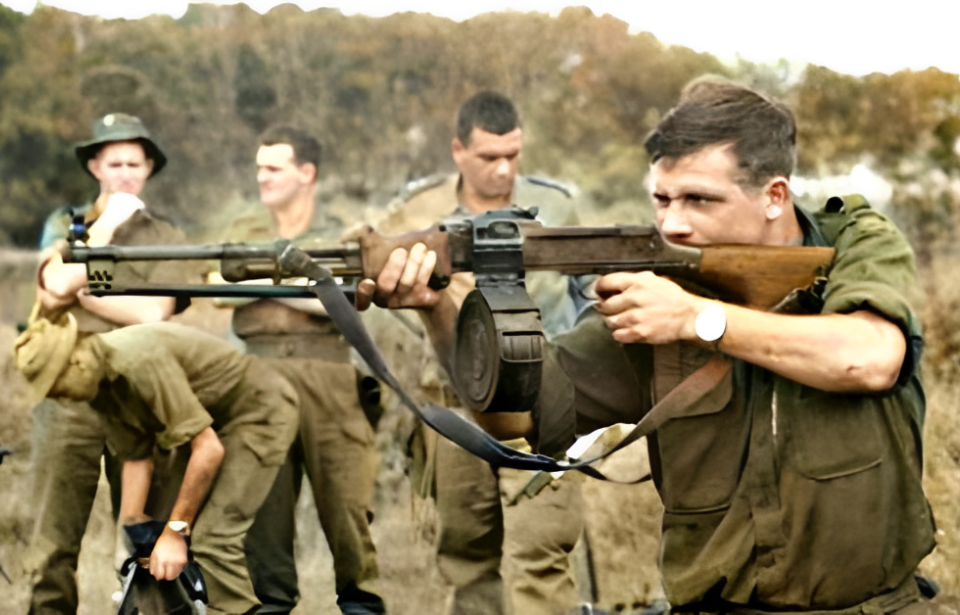The Soviet Union developed a number of effective machine guns during World War II and the Cold War. Some were only used for a short period of time, while others saw decades of use within Russia and internationally. Among them was the RPD machine gun, which heavily featured in Vietnam and continues to see use to this day.
Development of a new machine gun
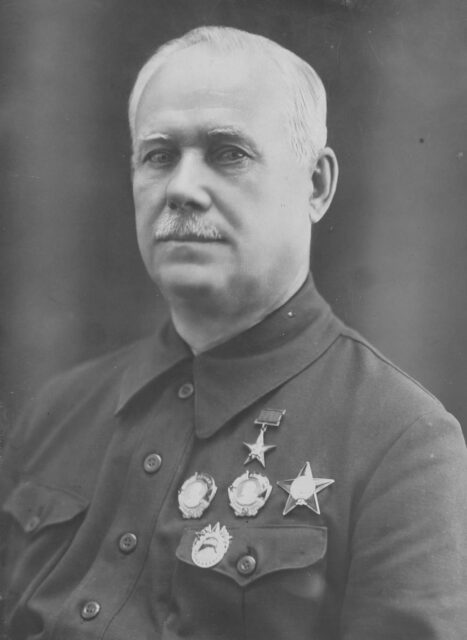
In 1943, well into the Second World War, the Soviet Union began work on a new machine gun. Three talented and well-known weapons designers were approached to submit options, with Vasily Degtyaryov’s design being chosen. Formally known as the Ruchnoi Pulemet Degtyaryov, it was better known as the RPD machine gun.
A belt-fed version of the Degtyaryov (DP) machine gun, the RPD was ready for mass production prior to the end of the war. However, it wasn’t adopted until 1948, and it didn’t experience large-scale delivery until five years after that.
RPD machine gun specs
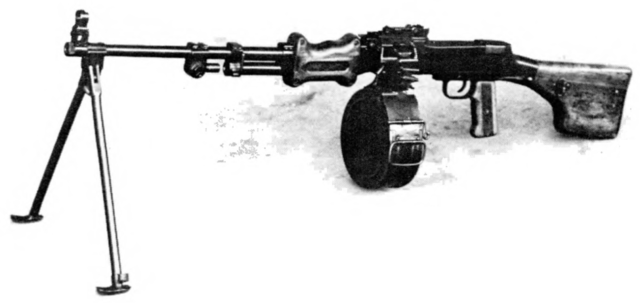
The RPD was an automatic machine gun featuring a gas-operated long-stroke piston system paired with the locking system of earlier small arms developed by Vasily Degtyaryov. Weighing just 16.31 pounds, it was considerably lighter than other machine guns from the time, such as the M60, Bren Gun and M14A1.
With a non-removable barrel, the RPD was prone to a number of issues in the field. However, it managed to succeed elsewhere, as the bore and chamber were lined with chrome, meaning they were resistant to jamming and corrosion. In terms of its other parts, it featured a wooden shoulder stock, a folding bipod, a fore-grip and a pistol grip.
The RPD was fed by two 50-round belts of 7.62 x 39 mm ammunition that were connected in the steel drum. With a rate of fire of 650 RPM and a muzzle velocity of 735 m/s, firing was achieved through a simpler “push through” design that forced out the front of the belt, into the chamber. Paired with a set of iron sights – one in the front and another at the rear – it had an effective range of between 100 and 1,000 meters.
Persistent issues with the design
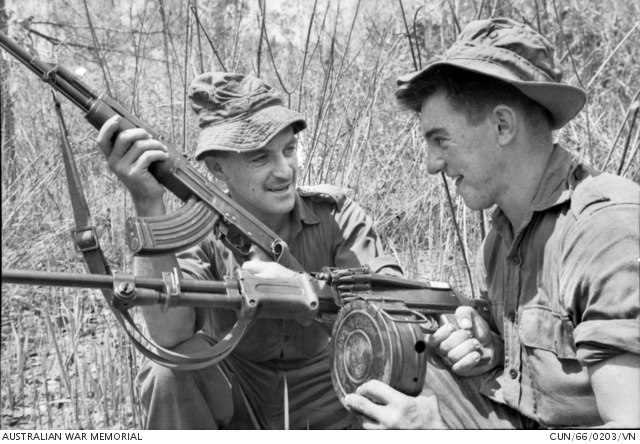
The Soviets were never ones to develop weapons that were free of issues, especially when it came to their firearms, and the RPD machine gun was no exception. There were a number of issues that hurt its efficacy in the field, the most troubling of which was how hot it got when continuously fired. Despite being an automatic weapon, operators were taught to fire it in short bursts, to avoid the intolerable heat it generated when firing its 100 rounds.
Another issue centered around the placement of the RPD’s magazine. One of the perceived advantages to the machine gun’s lack of weight meant it could be operated from the shoulder, if necessary (think anti-aircraft roles). The location of the magazine, however, meant this could be rather uncomfortable for the operator, as the ammunition could – and often would – rub against their skin.
The drum also caused issues in the field, as it, prior to being covered in later models, was open to the elements. This meant that dirt and grim frequently got within, causing it to become clogged. Sticking with the ammunition, the RPD was difficult to reload with speed, especially when compared to later magazine-fed weapons, like the RPK.
Numerous upgrades were made over the years
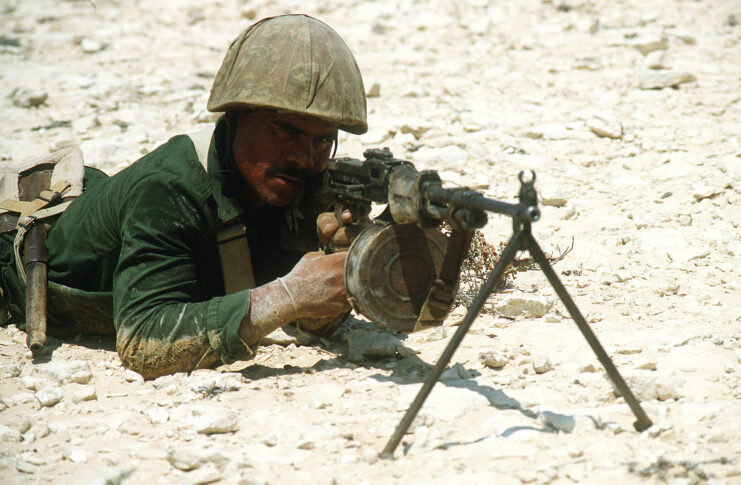
The RPD machine gun saw a number of upgrades over the decades – five, to be exact. There was the original, followed by a slightly updated design, which saw a new gas piston fitted into a different cylinder. The windage knob was also relocated to the left of the rear sight.
The third upgrade saw more minor changes, which were later adopted by the Chinese version of the RPD, dubbed the Type 56. These included the addition of a folding, non-reciprocating cocking handle and a dust cover over the feed port, which ensured it remained useable in the field, despite unwanted conditions.
Following this came the RPDM, which saw a number of upgrades, including a buffer in the butt, an extra friction roller and the addition of an extra-long gas cylinder. Finally, the fifth and final model, which was copied by the Chinese to create the Type 56-1, included a folding cleaning rod and the removal of the fixed drum attachment.
Use of the RPD machine gun on the battlefield
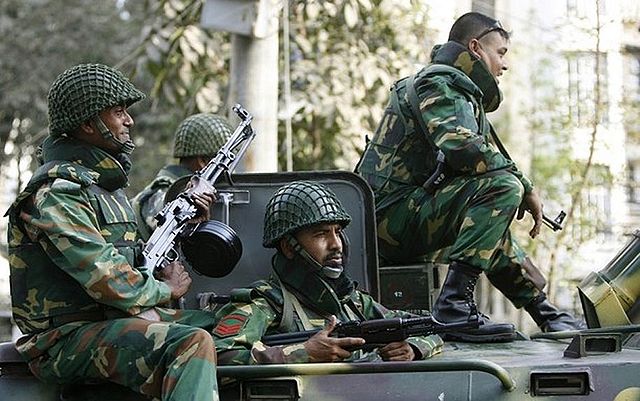
The RPD machine gun has seen use in a number of conflicts throughout the decades, with it being equipped even after the Cold War came to an end. It made a name for itself in Vietnam, when it was equipped by the North Vietnamese Army (NVA) and Viet Cong as one of their frontline weapons. The Americans and South Vietnamese first reported its use by the enemy forces in April 1964, with it being favored because it fired the same caliber ammunition as the AK-47.
More from us: Puckle Gun: The Early Machine Gun That Fired Both Round and Square Bullets
The RPD saw use with the Soviet Union until 1961, when it began to be replaced by newer automatic weapons, including the RPK and PK machine guns. That being said, it continues to see use in the Middle East and Asia, making appearances in such conflicts as the Cambodian Civil War, the Six-Day War, the War in Afghanistan and the Syrian Civil War, among many others.
